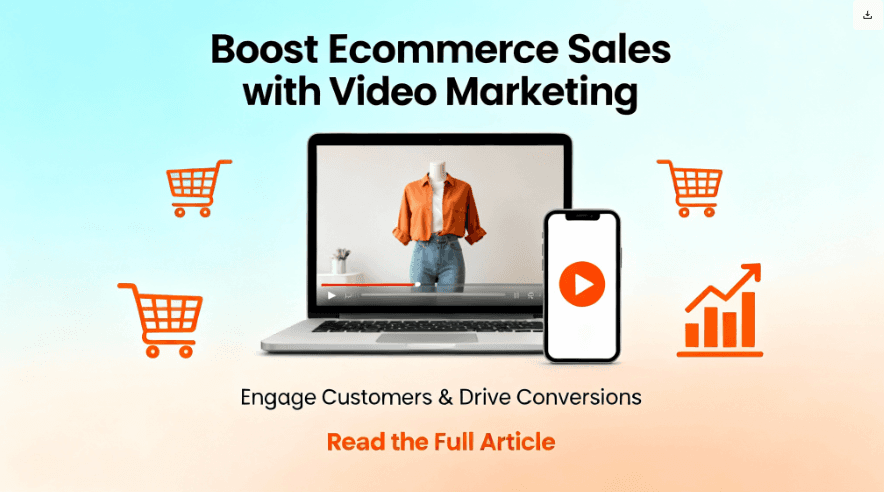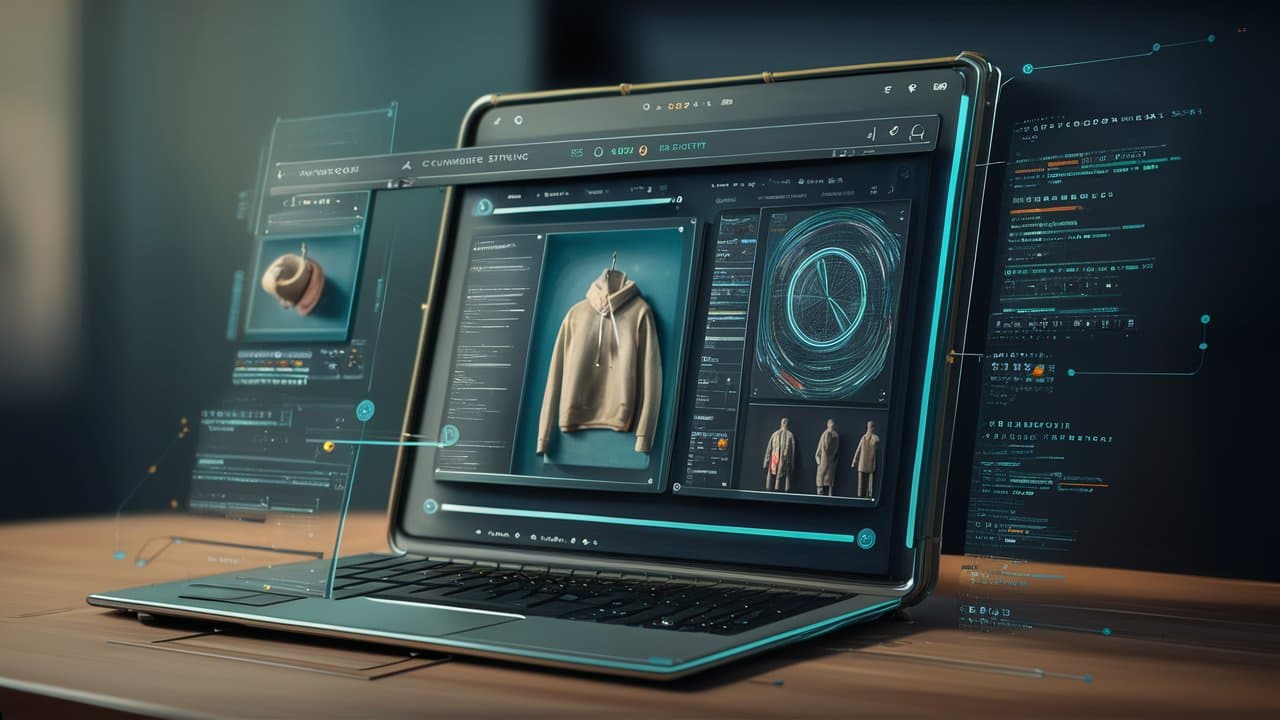Leveraging AI, Internal Linking & FAQs To Improve Shopify Collection Page Content & Google Rankings

We have been rather successful ranking Shopify collection pages in a variety of markets and niches over the last few years.
We have a solid concept and strategy that has proven to improve collection pages in organic search.
We’ve continued to refine the process and we’re tweaking and testing, looking for that extra edge constantly.
Below is how we’ve started to incorporate AI into our collection page setup and process, and some of the results we are seeing.
Case Study – “Kids Horse Toys”
If you’ve been following our Youtube Channel or recent blog posts, you’ll know our test and demo store is in the the equestrian clothing and apparel niche. It also carries a range of horse themed toys.
This collection page /collections/horse-toys had been bouncing around the middle to top of page 2 on google.com.au for a few months. We hadn’t really worked on the page at all, despite knowing the products within the collection convert well and has reasonably good search volume.
We implemented 2 updates for this collection page, which took around 5 minutes of work. Within 3 to 4 weeks, we hit the middle of page 1 for our target phrases.

TL;DR Version
If you’d rather watch the case study video, you can view it below. Otherwise continue reading.
The Phrases & Keywords
The main target phrases and keywords we are going after are “horse toys” and “kids horse toys” along with variations of these in the Australian market – google.com.au.
While the term “horse toys” could have two different variations of search intent, from experience we know in this market that people searching using this term, are looking for horse toy figurines or kids toys. There would also be small proportion of searchers looking for toys for horses (ie a toy like a ball that a horse would play with in their yard or stable).
In semrush.com, we can see the approximate search volume is 1900 searches per month for “horse toys: in Australia. So it’s not huge, but a good volume for a high intent transactional term and it’s associated variations.
We also know from experience in the market, that products in this collection convert very well.

Update 1 – Update Content & Add FAQs (AI Enhanced)
The first update we made was to add further content below the product grid leveraging ChatGPT, adding relevant entities, and an FAQ section for the collection page.
Importantly, the 3 pillars, URL, SEO title and H1 were already solid and had played a large part in getting the page to page 2.
Adding content and FAQs below the product grid is nothing new, and we also add further schema including SameAs and Mention schema, along with FAQ schema.
This has worked well the last couple of years, but is a manual process.
We recently created a custom GPT (publicly available) to help leverage AI. Essentially we can add our existing collection URL to the GPT, click start, and the GPT will create an updated:
- SEO Title
- Page title
- SEO Description
- 2 sentence summary (above the product grid)
- 2 paragraph entity rich section with H2 tags for below the product grid (in html format)
- 3 FAQs
- FAQ html schema
We can then simply paste the relevant sections into the Collection page, both in the Shopify default collection editor, and the Optizen app collection editor.
You can find the public Shopify Collection Description Custom GPT here.
We then make final human edits before we hit publish. The exact prompts we use in the custom GPT we won’t reveal, but we can say it’s heavily NLP & Entity dependent. We have an article on the process here.


View the video above or go here on Youtube to see the Custom GPT in action and the resultant content added to the collection page using Optizen.
Update 2 – Internal Links From Products
For the second update, we added internal links, using OptizenAI, to products that are within this collection.
In this example, products have been added to 2 different collections. One was a brand collection, and the other the /horse-toys collection. This meant the breadcrumbs for products were by default linking back to the brand collection, not the horse-toys collection, as products we added to the brand collection first.
Our aim was to have a link on every product page in the collection, pointing back to the core collection. To do this, we simply created a pseudo breadcrumb link within the body content of the product page. This can be done manually, but we leveraged OptizenAI with internal linking to do this quickly for all products within the collection.

The Result
Within 3 to 4 weeks of implementing these 2 very simple updates, this collection page moved from position 13 – 14 to position 5 in google.com.au.
In this example we leveraged OptizenAI to make the updates in around 5 minutes. If you complete this manually, it will take a bit longer, but you can also use our custom GPT for free.
NOTE: In the coming few weeks, we will be releasing collection and tag page (sub-collection) AI update features similar to above, within OptizenAI, to compliment the existing AI product and image update features.
Ready to Boost Your Shopify Store?
Increase revenue with video upsells and dominate search rankings with AI-powered SEO.
Related Articles

Using Video for Ecommerce Products & Upsells: The Technical Playbook
Use videos in e-commerce to generate effective upsells. Place short videos on product pages to showcase premium features or demonstrate complementary products. You can also embed these videos in the shopping cart or during checkout. This visual approach encourages customers to upgrade or add more items, directly increasing average order value. Using video for product […]

Shopify Store Doubles Traffic & Increases Revenue Using Optizen
Below is a recent update on a site using Optizen, and the impact a simple change and a simple Optizen feature made to this Shopify store – doubling traffic and increasing revenue. The process is so simple, and still so powerful today.

How To Use A Custom GPT To Produce Ecommerce Product Descriptions & SEO Meta Based On Top Competitors
Following on from our articles and tutorials on using GPT and AI tools to create and publish quality blog content, in this article we will work through step but step how we also do the same for ecommerce product pages and SEO meta. Check out the other mentioned articles: 1. The Goal: Generate / Update […]
